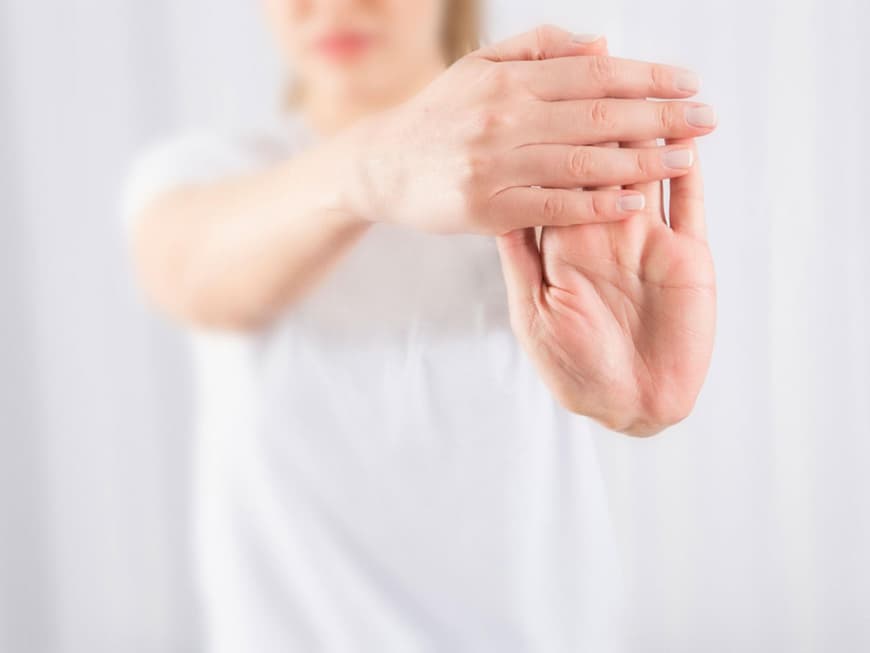If the doctor diagnoses carpal tunnel syndrome, the median nerve between the carpal bone and the carpal ligament has too little space, is squeezed and becomes inflamed.
Women are affected much more often than men
It affects women more often, especially during pregnancy or the menopause: "The hormonal changes cause more fluid to be stored in the tissue. This causes pressure," explains Munich neurologist Dr. Martin Wimmer. Other causes include dislocations, injuries or tendon sheath inflammation. Above all, however, permanent incorrect loading due to holding activities.
Forearm splint or cortisone injection
If we sleep with our hands bent at night, it usually gets worse. The pressure on the inflamed median nerve increases. "A hand cuff or forearm splint that immobilizes the hand at night can help here," says Dr. Wimmer. He also recommends dietary supplements with uridine monophosphate, vitamin B12 and folic acid to combat the tingling. In acute cases, however, anti-inflammatory and decongestant cortisone is also injected. Physiotherapy can also be tried. Or with draining lymphatic drainage, the specialist suggests. However, if none of this helps, surgery is necessary.
Surgery provides immediate relief
"During this operation, the ligament bordering the carpal tunnel is split. The doctor opens it up, which reduces the pressure on the median nerve," explains Dr. Wimmer. "Most patients have no more complaints after the operation," says the expert. The hand cannot be used properly for three days to three weeks.
Stretching exercises for the hands
They stimulate blood circulation, relieve the tendons and keep them flexible. Left: Stretch out your arm, fingertips upwards. Then press your fingers towards your body. Right: Palm down, press towards the wrist with the fingers of the other hand. Hold for 15 seconds and then release. Repeat three times.
You may also be interested in this:
Recognizing and treating bursitis
Operating on cysts: When is surgery advisable?
Strengthening joints: A lifetime of healthy joints
What to do if your joints are hyperacidic?
What to do if your joints are hyperacidic?


